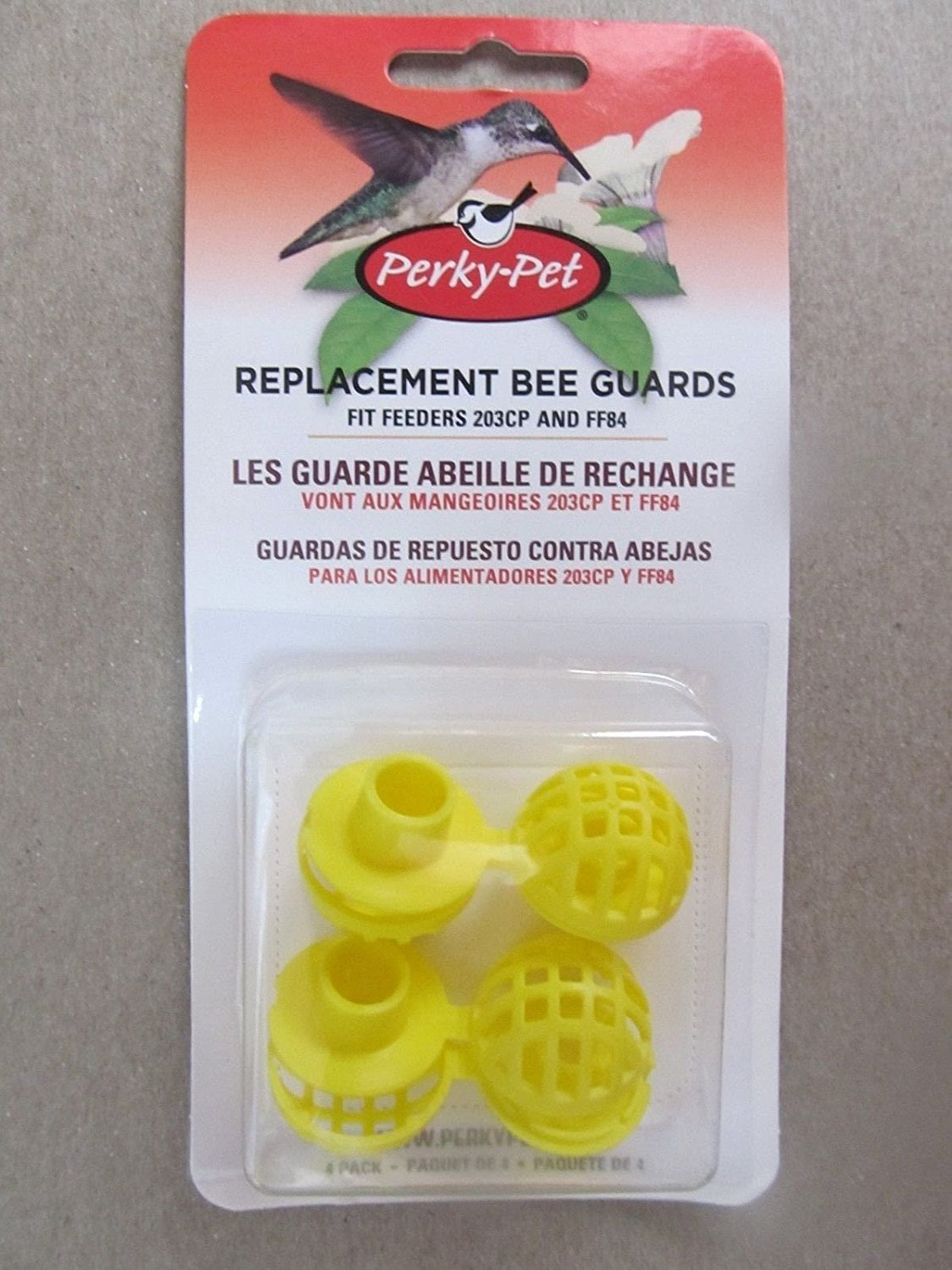

products like these are harmful to hummingbirds. If bees become a real nuisance, we will move the feeder to another location.Īnother solution is to use feeders without yellow, a color that seems to attract bees and wasps.Īnd never use any sort of oil or Vaseline type products on the feeders to deter insects. Our main defense again these flying insects is to wipe the feeder of any excess drops of nectar solution before rehanging it. What to Do?īees, hornets and wasps are always a problem for hummingbird enthusiasts. We suggest you research the subject and the marketplace, consider the potential danger of feeders with BPA, and then make your purchase decisions based on the information you have at hand. Glass feeders are felt to be safer in this regard. There is concern among some about the harm posed to hummingbirds from the BPA plastic used on some feeders. TIP: Plastic or glass? It's a personal decision. Amazon offers a commission on products sold through their affiliate links. The Hummingbird Central website is a participant in the Amazon Services LLC Associates Program, an affiliate advertising program designed to provide a means for sites to earn fees by advertising and linking to and affiliated sites. it is easy to do!! Most Popular Hummingbird Feeders it is just not needed, and it can be harmful to hummingbirds. We never use red-dye or pre-mixed commercial nectar. Note that our water is pure for those whose water supplies are suspect, boiling water is an option to remove impurities. We do not boil the water, but we find that using warmer water helps dissolve the sugar quicker. We make our own solution, using the recommended mix of four parts water to one part sugar, i.e., 20% sugar. The solution you prepare should be similar to that found in nature. When formulating your hummingbird mixture recipe, remember that nectar found in nature is typically in the range of 12%-35% sugar (sucrose). During refilling, we inspect each feeder, and scrub with a brush and clean water any areas where mold, dirt, ants or other debris have accumulated.Īvoid using cleansers that will leave poisonous residue.Ī classic 16-oz First Nature 3051 feeder. It is important to keep the feeders clean. we then replace it.ĭuring migration, the mixture never goes bad, as we have to refill the feeders daily. On cool days in spring, and on warmer days early in the summer when the birds are not draining the feeders daily, we can leave in the nectar mix for 3-4 days or until the mix starts to cloud.

Whatever feeder you prefer, make sure that it has adequate red color to be visible to the hummingbird from a distance.

And sometimes glass is easier to clean than plastic.Īnd newly introduced are the new " top feeder" models, which can simplify the refilling process.
#BEST HUMMINGBIRD FEEDER WITH BEE GUARDS CRACK#
However, many prefer glass hummingbird feeders and their long-term durability as opposed to plastic (which can warp, fade and crack over time). The plastic ones are lighter and not subject to breakage, but may contain BPA. Some feeders are acrylic, and some glass. We use a variety of vertical feeders, and horizontal feeders to give the hummers a choice of feeding stations. Our favorite feeders host from 8-10 hummers at one time, and hold from 32-48 oz. While some are " singles" others have four feeding stations/flowers and hold 8 oz. We use about ten feeders, of varying sizes and shapes. This one also has a built-in ant moat on the top. Hummingbird feeders make great gifts, and here is a favorite, glass one we received! We always leave room for fancier, glass feeders to provide variety and texture in the landscape. But you need another key attractant: the hummingbird feeder! Planting the right flowers is an important element in establishing the right environment for attracting hummingbirds.

Three hummingbird feeders nestled amidst Pentas, Geraniums, Batface, Roses and other colorful flowers
#BEST HUMMINGBIRD FEEDER WITH BEE GUARDS FULL#
Learn more about planting a hummingbird gardening full of hummingbird-friendly flowers The Hummingbird Feeder To satisfy the hummingbirds need for nectar, we've included in our landscape several types of Lantana, Zinnias, Butterfly Bushes, Pentas, Milkweed, Salvia, Batface Cuphea, Nasturtiums, Coreopsis, and other hummingbird-friendly plants, annuals and perennials. Nectar provides the sugar needed to feed the hummingbird's constant energy consumption. Insects are caught in mid-air or found on trees and foliage. Their diet includes small insects, spiders, sap and nectar. If you provide these, you will soon find hummingbirds in your garden! Hummingbirds, like other birds and other animals, need food, water, and shelter, the basic necessities of life. Low hanging hummingbird feeder surrounded by Batface Cuphea, Periwinkles, Dianthus, and Firebush


 0 kommentar(er)
0 kommentar(er)
